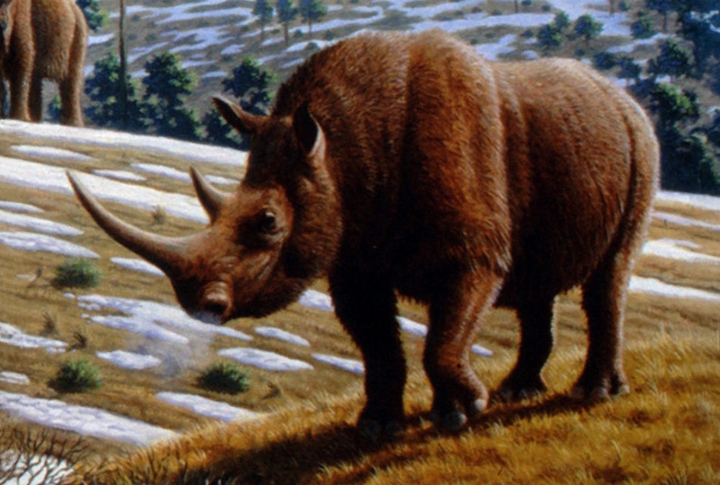
Alaska’s frozen ground has a habit of keeping secrets. Every now and then, one rises to the surface and rewrites what we thought we knew. On May 19, 2025, another discovery added an unexpected player to North America’s Ice Age story—and it’s not the one most people expect. What could it be? Let’s take a closer look.
A Landmark Find In The Permafrost
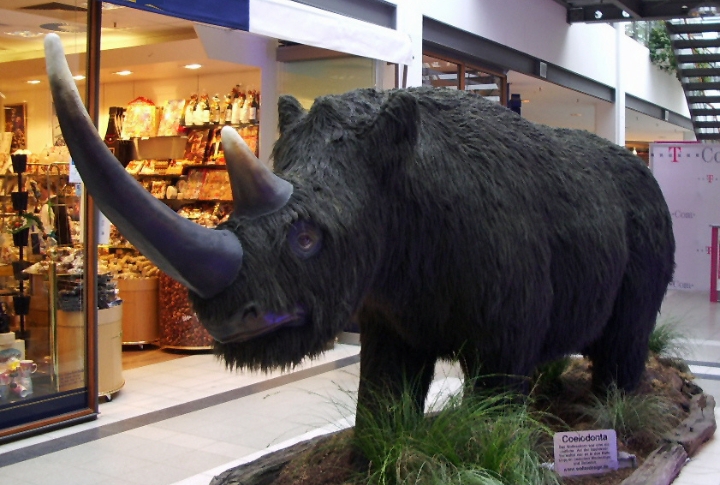
A preserved woolly rhino bone surfaced beneath Alaskan permafrost—solid evidence that this Ice Age giant once walked North America. Previously, woolly rhinos (Coelodonta antiquitatis) were believed to be exclusive to Eurasia, ranging from western Europe to northeastern Siberia. But this fossil rewrites that habitat map.
Crossing Continents Via The Bering Land Bridge
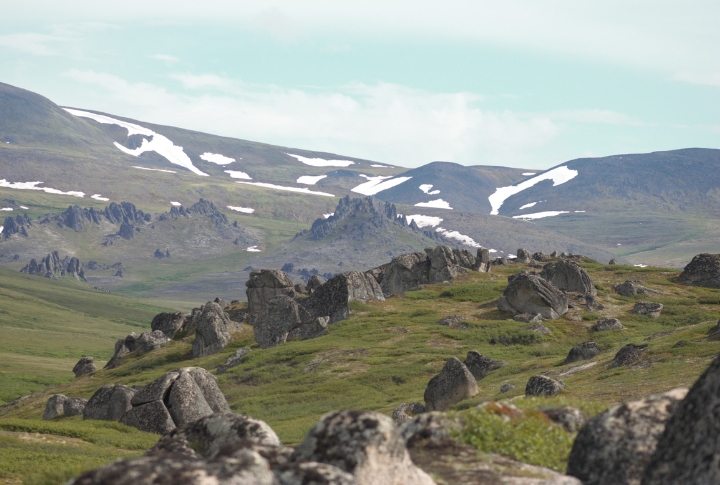
Could woolly rhinos have trekked into Alaska like mammoths and bison? That frozen bone says yes. The Bering Land Bridge, once exposed by falling sea levels, linked Siberia and Alaska, offering an ancient route. These thick-coated herbivores may have roamed newly opened tundras, briefly extending their reign before vanishing from the record.
Insights Into The Mammoth Steppe Ecosystem
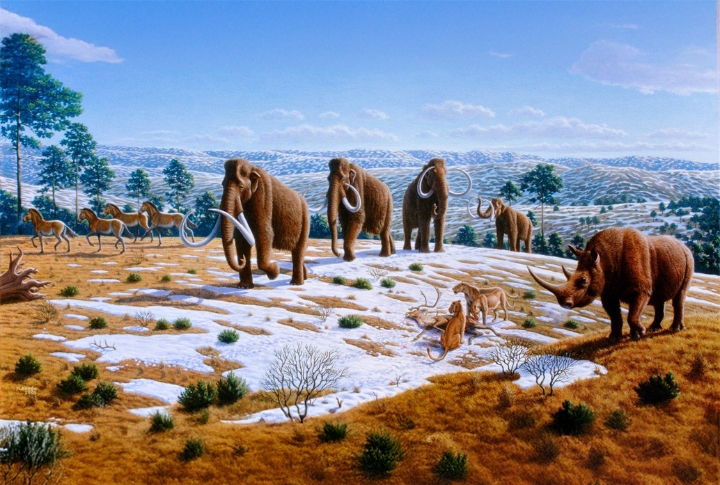
Woolly rhinos belonged to the expansive “mammoth steppe,” a treeless biome stretching across Eurasia into Alaska. This ecosystem supported massive grazers adapted to cold, dry conditions. Discovering rhino fossils here reveals new ecological depth, which suggests interspecies coexistence and complex food webs across the Ice Age super-habitat.
Soil Chemistry Reveals Habitat Clues
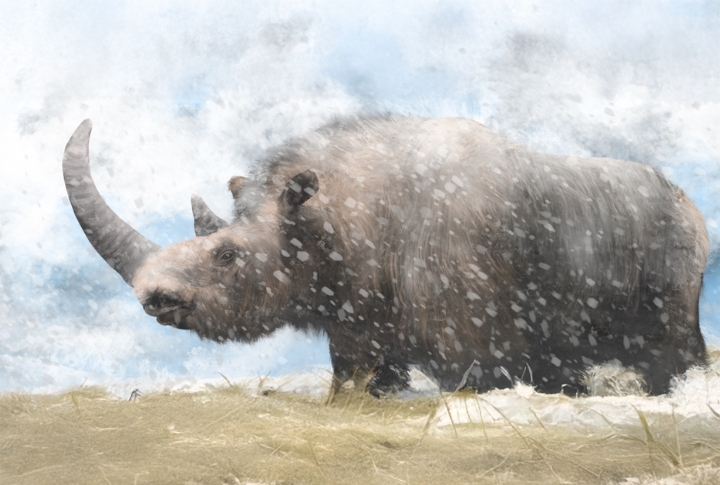
Sediment surrounding the fossil includes pollen, isotopes, structure, and mineral signatures. Analyzing this matrix provides insight into the rhino’s environment, including vegetation types and climate data. These clues help reconstruct Ice Age Alaskan ecosystems and clarify how woolly rhinos adapted to new biogeographic zones.
Radiocarbon Dating Establishes Timeline
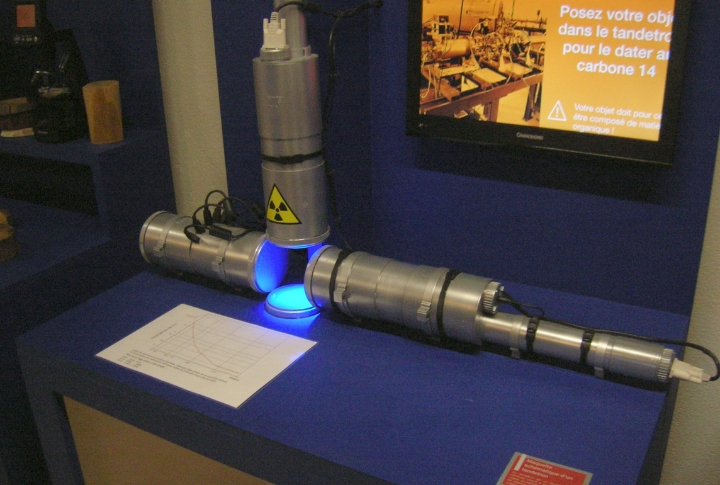
Tests conducted using accelerator mass spectrometry pinpointed the fossil’s age: 14,100 ± 100 years. That places the animal’s life toward the end of the Pleistocene, just before mass megafaunal extinctions. This timeframe provides a critical context for studying survival pressures in rapidly shifting post-glacial climates.
Potential For Future Discoveries
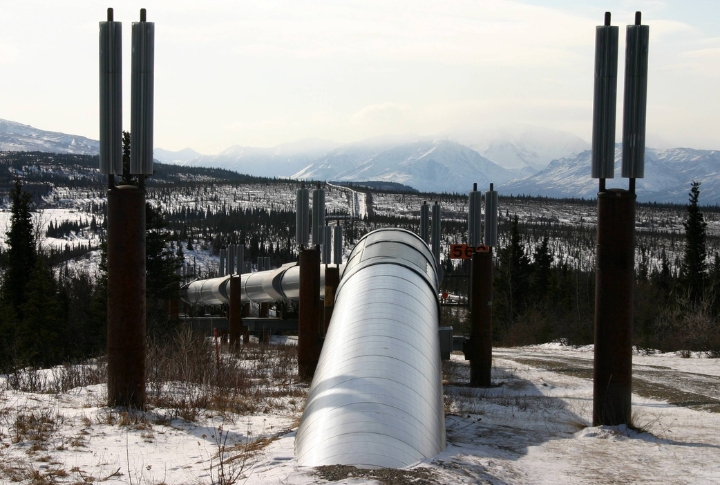
Permafrost is thawing faster each decade, unsealing the Ice Age’s crypt. Will more rhinos rise from the melt? Scientists think so. The initial discovery could be a preview of dozens to come, especially in remote valleys where dig sites are expanding as terrain becomes accessible.
Implications For Megafaunal Extinction Studies

This fossil helps scientists investigate more precisely why animals like the woolly rhino vanished. With access to climatic data and faunal patterns from the same stratum, researchers can better isolate whether human expansion, warming trends, or ecological shifts contributed to the extinction of these species.
Genetic Potential Locked In Permafrost
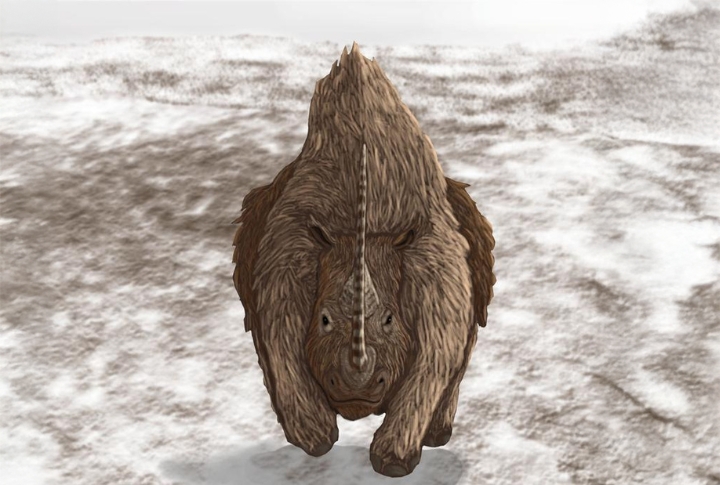
Permafrost-preserved fossils often retain ancient DNA. The Alaskan woolly rhino remains open to genomic analysis, as it allows scientists to study adaptations to migration patterns and evolutionary divergence. Recovering viable DNA could reshape our understanding of species lineage across continents during the late Pleistocene.
Preservation Factors Unique To Alaskan Permafrost
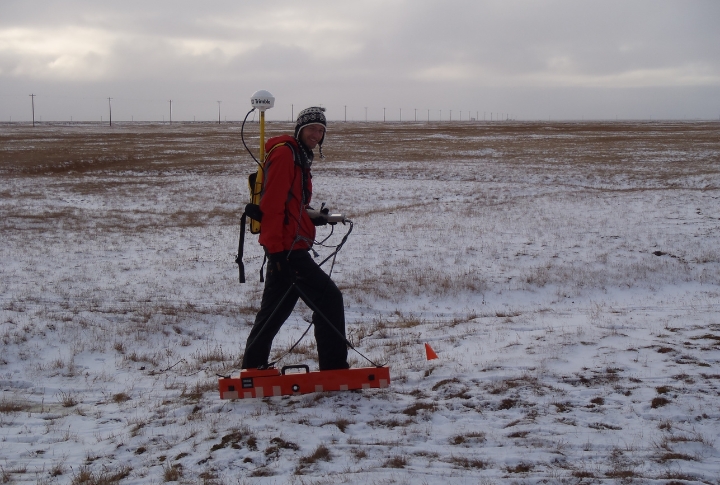
Unlike drier Eurasian fossil beds, Alaska’s permafrost provides cold, stable conditions that prevent microbial decay. This climate helped preserve not just bone, but possibly collagen or soft tissues. Such exceptional preservation conditions may turn Alaska into a future hotspot for Ice Age megafauna discoveries.
Indigenous Legends And The Woolly Rhino
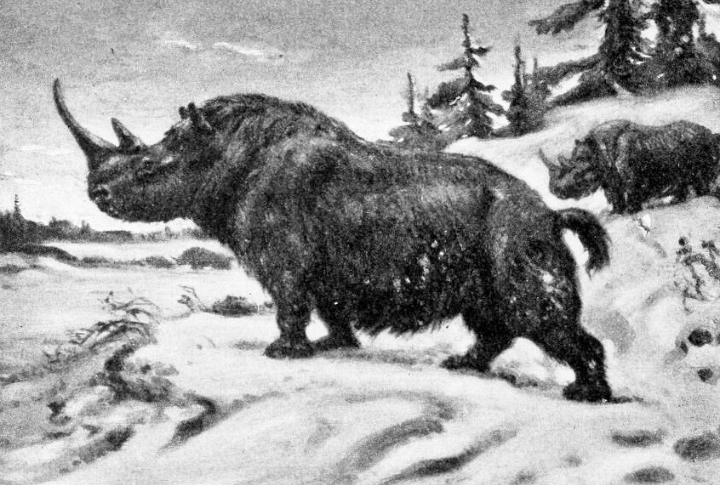
Interestingly, some Indigenous oral histories describe big, fur-covered beasts roaming northern lands. The descriptions may align with fossil evidence, like the woolly rhino. So, collaborating with Native communities can enrich scientific interpretation and expand cultural context around Ice Age biodiversity in North America.

